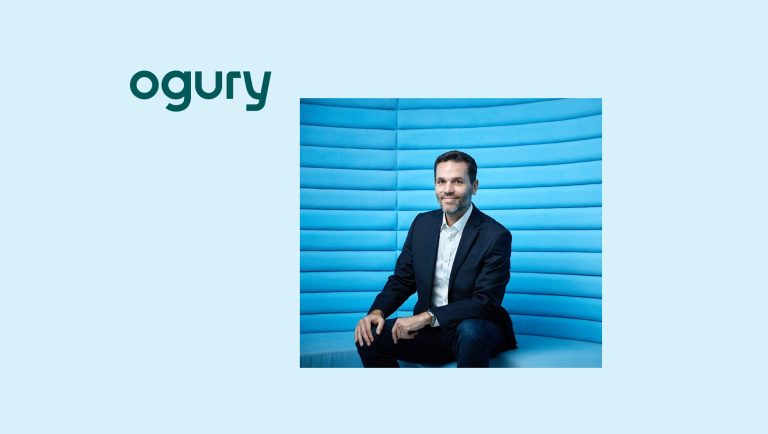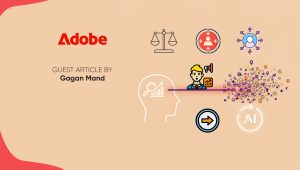Giving away your product or service can seem a counterintuitive way to build a brand, but there are very good reasons companies offer free trials. When executed well, a free trial–providing access to your product for a limited time at no charge–can be a highly effective strategy to acquire and retain customers.
While free trials have become de rigueur for software companies, they can work just as well for brands across industries. Gyms have been using them for decades to attract new members and get them in the habit of exercising. Clothing retailer Trunk Club, now part of Nordstrom, offers free trials for the at-home try-on service it pioneered in 2009. More recently, streaming services have relied heavily on free trials to compete for subscribers.
Free Trial Vs. Freemium: What’s The Difference?
Free trials differ from another common strategy–the freemium model–in several essential ways. Companies using the freemium model typically offer consumers free use of only a portion of their product’s features and for an unlimited amount of time. By contrast, a free trial usually gives potential customers full access to a product for a limited period.
Both free trials and the freemium model are proven tools for reaching prospects and expanding a brand. Of course, every company is different, but some of the factors to consider when choosing between them are your brand’s niche, its complexity and service, and your brand’s reputation. If your brand is new or in a broad niche, a freemium model might be more effective in attracting attention. Free trials are the better choice if potential customers need to experience your product’s full capacity to really determine its value or its competitive advantage. Their limited timeframe also has the benefit of creating a sense of urgency in potential customers, pushing them to make faster purchasing decisions.
When choosing between the two, also consider your brand’s reputation and tenure. Netflix’s recent decision to cancel its free trial after years of offering it is less risky as the brand has become so established. But Apple TV has extended its initial free period, and streamers Disney+ and the now-defunct Quibi launched with free trials to try to convince consumers they needed another subscription service.
Once you decide to run a free trial, keeping the following things in mind will make it more likely it will result in high conversion rates.
Set the Parameters that Work Best for Your Product
Brands limit free trials in various ways. Length of time is the primary one, but trials can also offer limited usage, such as a certain number of API calls or yoga classes, or a limited number of users. An analysis from Redpoint Ventures found that time-based and usage-based trials led to the most conversions. While two-week trials are common, conversion rates weren’t impacted by whether the trial ran for 14 days or 30 days.
When planning your trial, consider the complexity of your product when deciding how long it should run. And if you have a lot of competitors in your niche, you’ll want to give potential customers enough time to explore your product without losing the sense of urgency that opens up their wallets. At our company, we offer a 15-day free trial with full access to all of our marketing collaboration platform’s features. As collaboration is at the heart of our product, we provide an unlimited number of invitations to collaborators during the trial so marketers can fully experience its value for their teams.
Don’t Push Too Quickly for Conversions
Calling something a free trial and then immediately asking for a credit card number can quickly send potential customers to another site or brand. Don’t make the mistake of trying to convert users before allowing them to really experience the trial. Your goal is to give people a taste of your product or service, and like a grocery store offering samples, you won’t have many takers if you ask people for credit cards before they’ve even tried the product.
That said, there are some cases in which asking for a credit card to start a free trial does make sense. These include security being an issue, not having many competitors, if you’re in a highly specialized niche, or wanting to narrow your target to only serious customers.
Create a Frictionless Experience
For a free trial to be effective, it must be as easy as possible for potential customers actually to try the value proposition. Determine the decision points along a customer’s journey and make sure there aren’t any hurdles getting in their way. Exit surveys can help identify those points as well.
Once your free trial has launched, be sure customer support is available to answer any questions via live chat or emails. Having a member of your sales team reach out during the trial period to provide support can strengthen a potential customer’s connection to your brand and increase conversions.
Lead Prospective Customers To The Aha Moment
The goal of your trial is to bring in customers who genuinely derive value from your product or service, not those who half-heartedly subscribe or purchase only to cancel soon after or ask for a refund. This is called activation, and it is a prerequisite to conversion and, of course, retention. Activation requires identifying your north star metric, the single factor that drives your company’s growth and optimizing for it during your trial. Make sure to onboard potential consumers during your free trial with communication helping them to discover your product or service’s value proposition before the time runs out. Some tactics that can help do this are self-guided tours, training resources or live support. Behavior-based communications, in which you tailor emails according to a prospect’s likelihood of making a purchase, can pay off in higher conversion rates.
Leverage a Free Trial as a Customer Marketing Channel
Companies typically use free trials to acquire new customers, but they can retain customers if added to your marketing efforts. A free trial can be used to allow existing customers to experience new features or premium packages, such as adding a new channel to a streaming service plan for a free month. Free trials can spur upgrades using the same sales psychology at work when dealers provide higher-end loaner cars than your car while it is in the repair shop. For example, Tesla has offered two-week and one-month free trials of its autopilot feature to vehicle owners who didn’t choose it when they bought their cars.
However you choose to structure your trial, it can be a win-win for potential customers and your brand. Trials offer an opportunity to prove what your product or service can do, and customers are allowed to try before they commit to purchasing. Done well, they can result in new customers and loyal users who will patronize your brand far beyond the time the trial has ended.




















